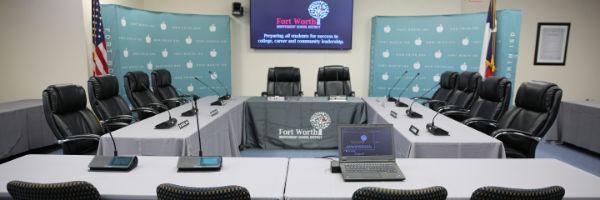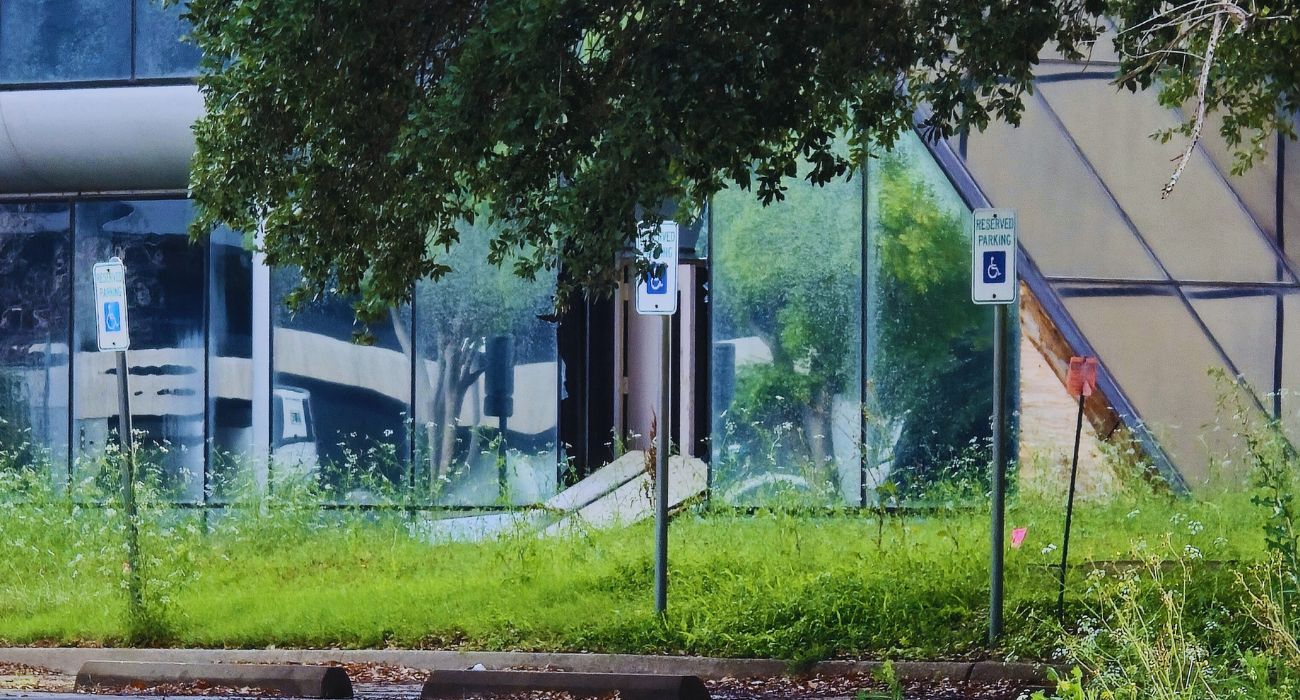On Tuesday, the Fort Worth school board approved a new district voting map based on population growth. After being recommended by election lawyers and a redistricting committee, Plan E-2 was approved by a 5-3 vote with a slight modification. The process of redistricting is meant to ensure equal voter representation and proper federal funding.
In recent years, Fort Worth has seen a considerable amount of population growth, according to the 2020 Census, with the western and southwestern parts of the city, represented by Districts 5 and 7, illustrating the greatest increase.
In December, the Fort Worth school district hosted a series of four community town hall sessions concerning the redrawing of districts. The eight-person redistricting committee unanimously recommended Plan E-2.
Keeping boundaries reasonably compact, minimizing voter precinct splits, and maintaining communities of interest are some of the criteria considered for the process, said elections lawyer Rolando Rio during the meeting on Tuesday.
During this meeting, Judge Sergio De Leon, a member of the redistricting committee, said that a board member approached him with concerns over percentages in a specific minority population. For this reason, he asked the committee to review a different iteration, Plan E-3.
Ultimately, the committee decided that E-3 would have separated southside Fort Worth neighborhoods such as Fairmont and South Hemphill Heights and that E-2 maintained a higher minority population for the region in question.
Jacinto Ramos, a District 1 trustee, isn’t in favor of how the lines are drawn. “That doesn’t sit well with folks in District 1,” he said during the meeting. He said that he believes this alignment is due, in part, to the loss of his representative, Norma Garcia-Lopez.
In early December, Garcia Lopez stepped down after being accused of doxxing, or revealing the identifying information of, at least one Fort Worth parent who sued the school district over its mask mandate last summer.
Even though Ramos highlighted this concern, his proposed modification was actually for District 4. The district is a minority-majority district that represents southeast Fort Worth.
District 4 holds a vacant seat after the recent death of trustee Daphne Brookins in November. Ramos suggested that Precinct 1005, which covers most of the predominantly Black historic southside neighborhood, should be switched from District 2 to District 4.
“This is just about being able to address what has historically happened in communities of color,” Ramos said. “And I’m very sensitive to that neighborhood.” The motion for a modification failed with a 4-4 vote.
District 3 trustee Quinton Phillips then expressed his frustration with the board saying, “I cannot sit here and be that guy that sat idly by yet again while Black people got screwed over.” He stated that it was an easy fix to make sure everyone’s voice can be heard. A second motion to approve E-2 without the modification also failed with a 4-4 vote.
Ramos then proposed an E-2 plan with the precinct modification again, and it passed 5-3 as trustee Michael Ryan changed his vote.
During the meeting, resident Todd Daniels spoke out and said that the board should wait until it fills District 4’s vacant seat before approving the map. Election lawyer Rolando Rios told the board that they are required to approve a new map before electing someone into that seat.
The board set a date of May 7 to hold a special election for District 4. The trustee will serve the remainder of Brookins’ term, which will expire in 2025.
According to federal law, all electoral boundaries should have a nearly equal population, with an allowance of a 10% or less difference between the highest and lowest populated districts. In Fort Worth’s case, there is a 9.77% difference, as District 7 has the greatest population, with 60,545 people, and District 1 has the least, with 54,902.







This is what you get with the Balkanization of School District and City Council elections. Go back to voting at-large representation. In order to get elected, one would have to appeal to the widest number of voters and promote policies that appealed to all citizens regardless of their race, sex, or incomes.